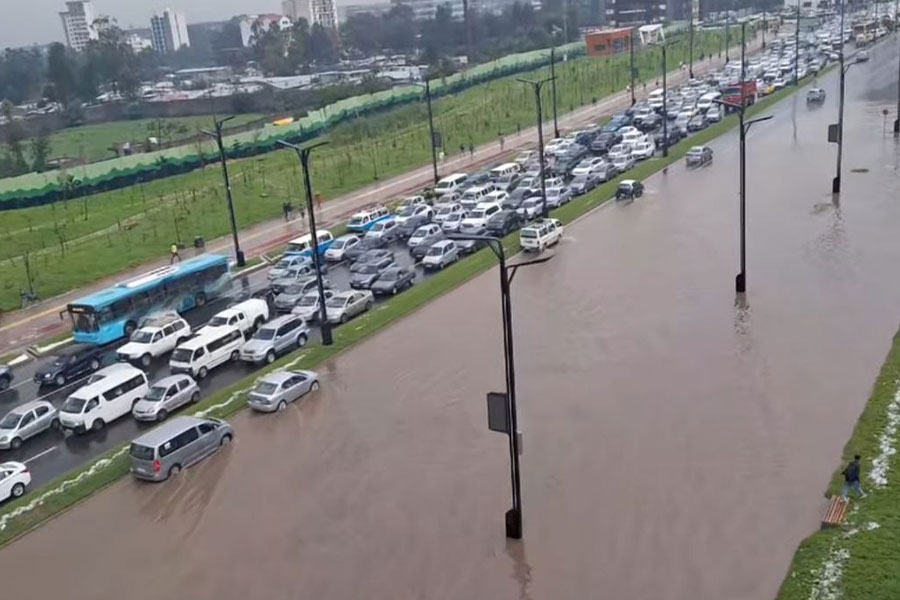
Agenda | Aug 03,2025
A cluster of condominiums and a public school in Addis Abeba have become the epicentre of a growing urban crisis, as structural cracks have forced authorities to fence off the premises and residents in the Mikililand-Asko and Glass factory area to flee.
What began as visible fractures in walls and floors has escalated into a full-scale emergency, with city officials, researchers, and engineers scrambling to understand how it has progressed to this point. According to Desisa Tona, director of the Addis Abeba Fire & Disaster Risk Management Commission, emergency crews responded swiftly to isolate the most vulnerable areas.
“We fenced off the condominiums and sealed the students' dining hall,” he said, attributing the disaster to a mix of narrow pipes, saturated soils, and heavy rains.
He mentioned deforestation as a contributing factor.
“Eucalyptus trees have helped absorb much of the groundwater," he said. "When those trees were cut, three sources of river were left unchecked.”
The human toll remains unaddressed. Block 13 was home to 29 families, roughly 150 people being the number of displaced residents. One resident, who asked not to be named, recalled that the first cracks appeared in mid-August and deteriorated within days. He and his family were evacuated in under 30 minutes.
“Children shouldn’t see this kind of thing,” he said. “There is a school, they are registered, but now they are not here.”
He expressed little faith in officials' assurances.
“We saw small cracks five years ago," he told Fortune. "Cutting the trees was a mistake. We need a permanent and lasting solution. Forests can hold the soil together.”
Built more than a decade ago by Sur Construction Plc, the Mikililand condominium complex sits precariously on a steep slope nearby river, which descends from the Gulele Botanical Garden. Heavy sediment carried downstream and poor drainage are now being blamed for destabilising the foundations. But the damage is not limited to this neighbourhood. Similar landslides and structural collapses have been reported in the Glass Factory and Addis Sefer areas of the city, heightening public anxiety.
What is unfolding, according to city officials and experts, is not merely a failure of construction. It is a symptom of deeper ecological and urban planning breakdowns, including deforestation, haphazard development, and a neglected drainage infrastructure. Experts from the Geological Institute of Ethiopia (GIE) have been conducting daily soil and water tests on-site for the past two weeks. Preliminary findings point to a fatally flawed sewage system that allows wastewater to seep into the ground rather than directing it into the river.
“It’s the first large condominium building in the city, but it doesn’t even have a drain,” said Wendimu Seta, general manager of the Addis Abeba City Administration. “The road is built on unstable soil with no proper system in place.”
The damage has been extensive, with the nearby school suffering the same fate.
Mikililand Primary & Secondary School lost a 100 metre fence and its storage shed. Its nursery, office, restrooms, and student dining centre have all sustained visible structural damage. In Block 13, the walkway and drainage system have detached from the building altogether, exposing severe subsidence beneath the surface.
The scientific investigation has revealed a grim picture. Yechale Ali, CEO of the Ethiopian Geological Institute, disclosed that the soil beneath the condominiums is loose and heavily compromised by construction waste and dumped materials.
“The soil is fresh," he said. "It doesn’t hold water. Drainage is missing, and water is flowing in every direction.”
His team found cracks extending as deep as 12 metres, compelling him to warn that the School’s feeding centre was built on fill and is now structurally unstable.
“Trees with long roots can hold the ground and absorb water," he said. "Without them, the soil is exposed.”
The team is considering short-term relocations but stated the need for permanent drainage solutions. While city officials have convened consultation meetings, one of which took place on September 19, 2025, gathering 350 participants of the 4,200 households live in fear, including residents, teachers, and health workers, many displaced families remain in limbo.
“We didn't help them because they were not injured,” Desisa said, promising further assistance in the future.
Experts such as Getnet Mewa (PhD), a researcher at Addis Abeba University’s Institute of Geophysics, Space Sciences & Astronomy, argue that the Mikililand neighbourhood is merely the visible edge of a broader crisis. They blame weak land-use and water management policies for creating a systemic risk.
“Topography, mass movement, drainage, and human settlement all interact,” Getnet told Fortune. “When the ground stops absorbing water, cracks expand.”
Comparing the rocky terrain of Entoto, which holds up better, to the soft and loose fill of Mikililand, he warned that more collapses are inevitable without urgent reforestation and drainage reform, where roads and bridges are failing across the country.
"We should align construction with topography, soil, and settlement patterns," he said. "Ethical construction practices and permanent drainage systems are not optional. They are survival issues.”
As new springs emerge, rainfall continues, and the river swells, the warning signs of a broader urban failure are impossible to ignore. The crisis in Mikililand has left hundreds homeless and a public school impeded, but it has also unearthed a deeper set of questions about how the city builds, grows, and governs.
PUBLISHED ON
Sep 21,2025 [ VOL
26 , NO
1325]

Agenda | Aug 03,2025
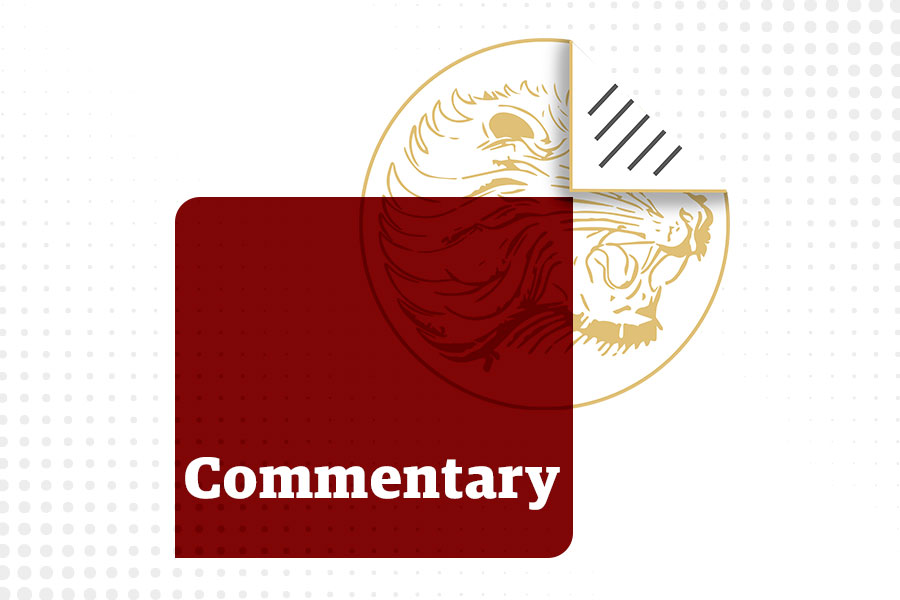
Commentaries | Feb 04,2023

Fortune News | Nov 13,2021
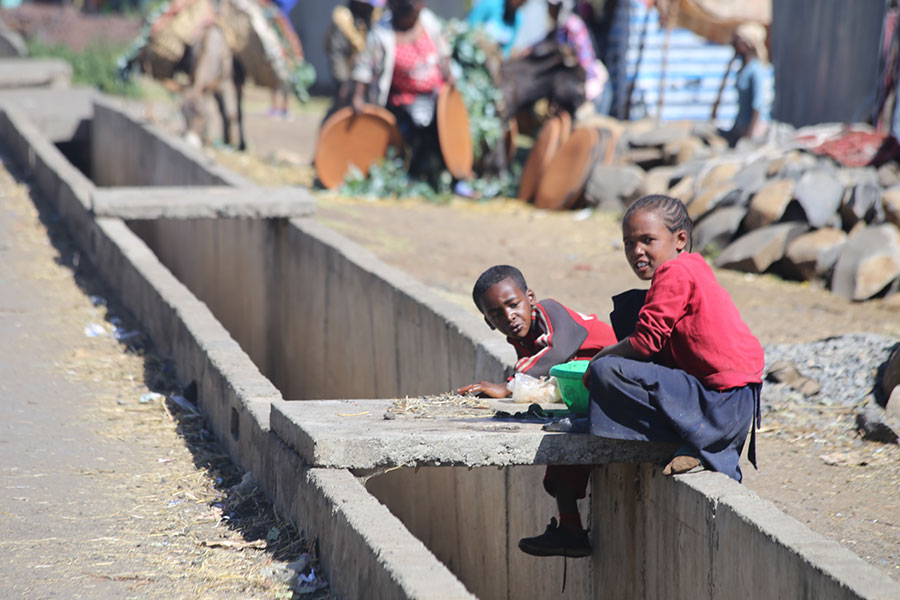
Radar | Dec 29,2018
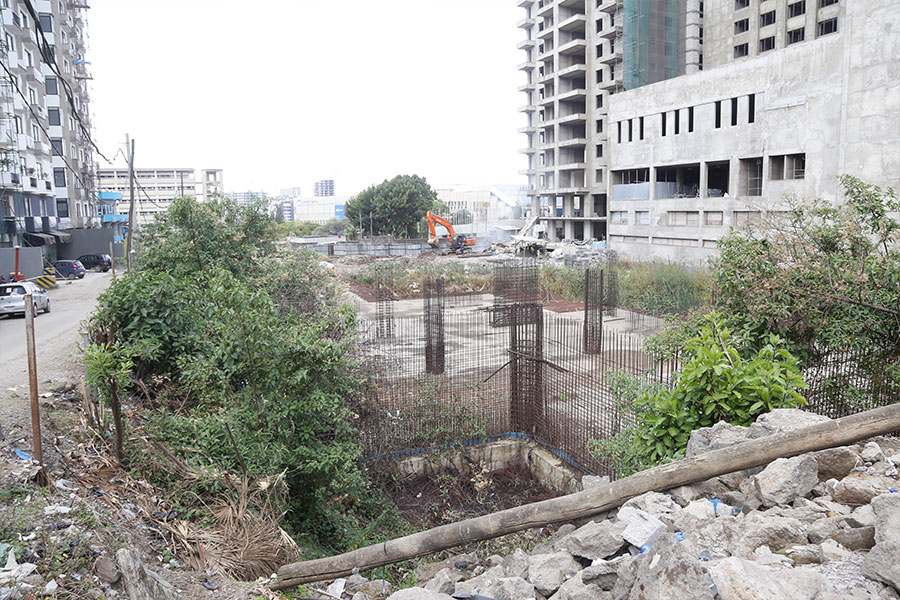
Radar | May 15,2021
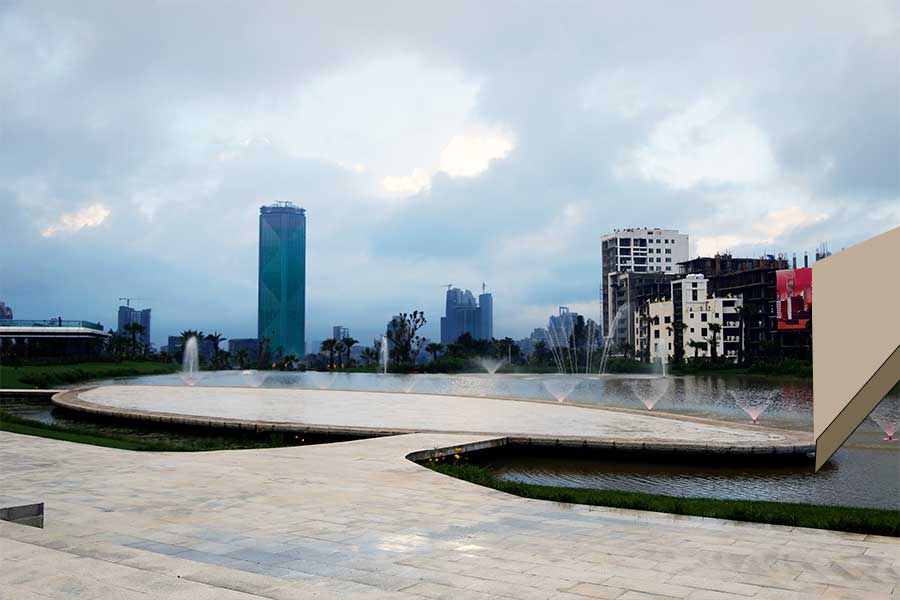
View From Arada | Sep 19,2020
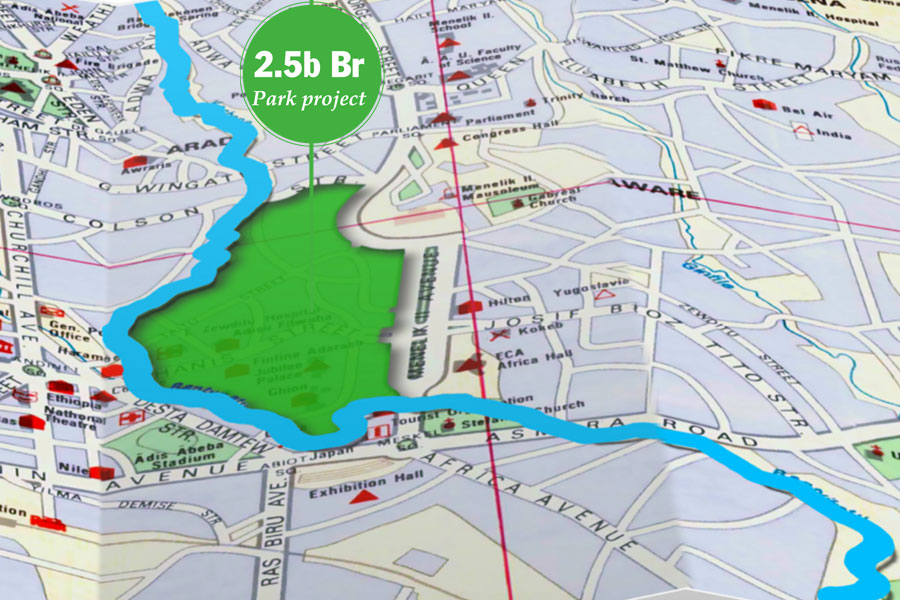
Fortune News | Mar 09,2019
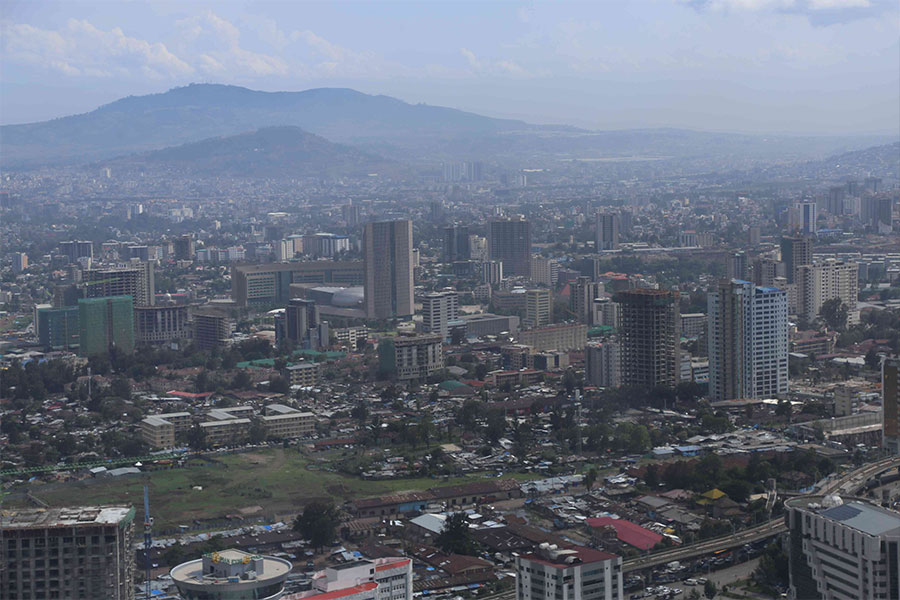
Fortune News | Jun 03,2023
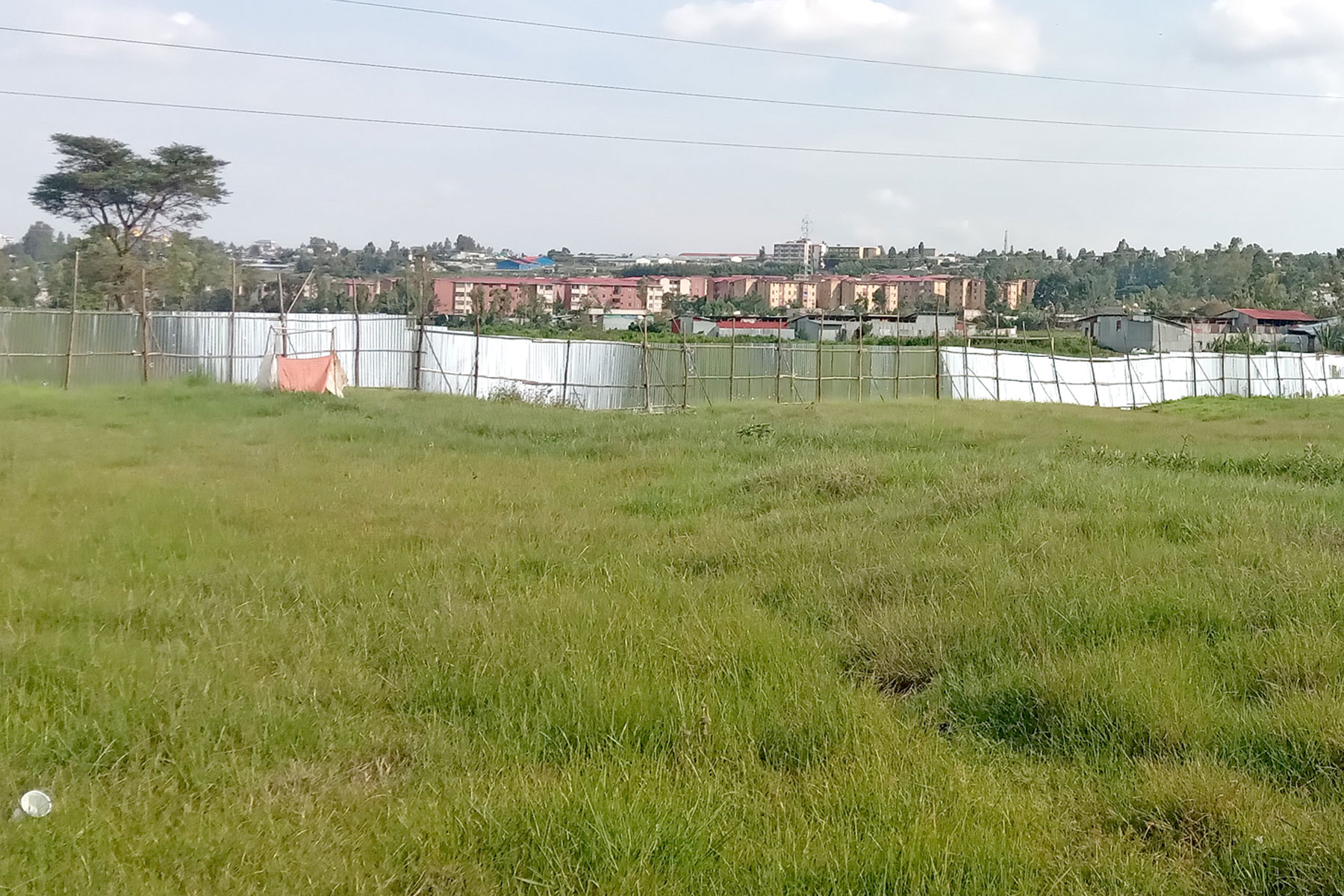
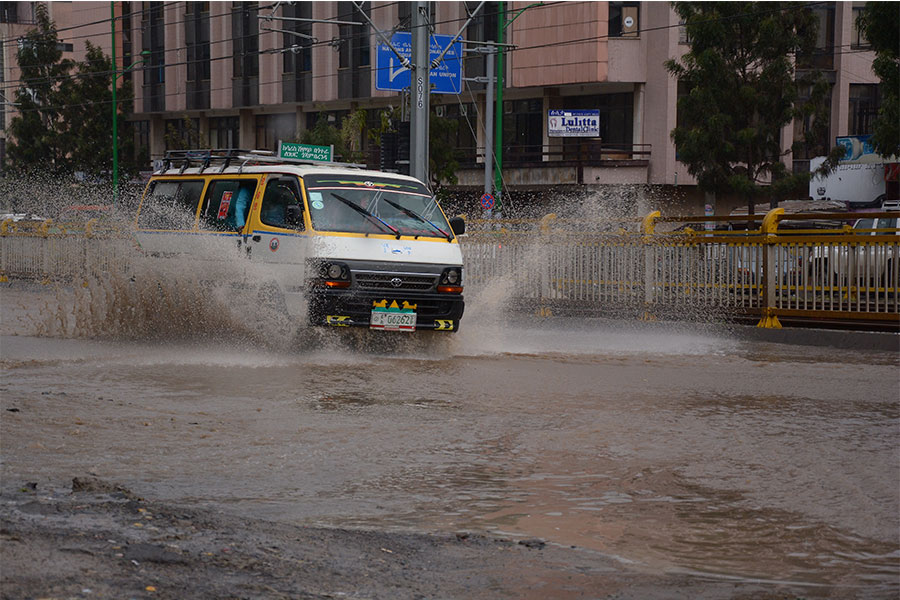
View From Arada | Apr 26,2019

Dec 22 , 2024 . By TIZITA SHEWAFERAW
Charged with transforming colossal state-owned enterprises into modern and competitiv...

Aug 18 , 2024 . By AKSAH ITALO
Although predictable Yonas Zerihun's job in the ride-hailing service is not immune to...
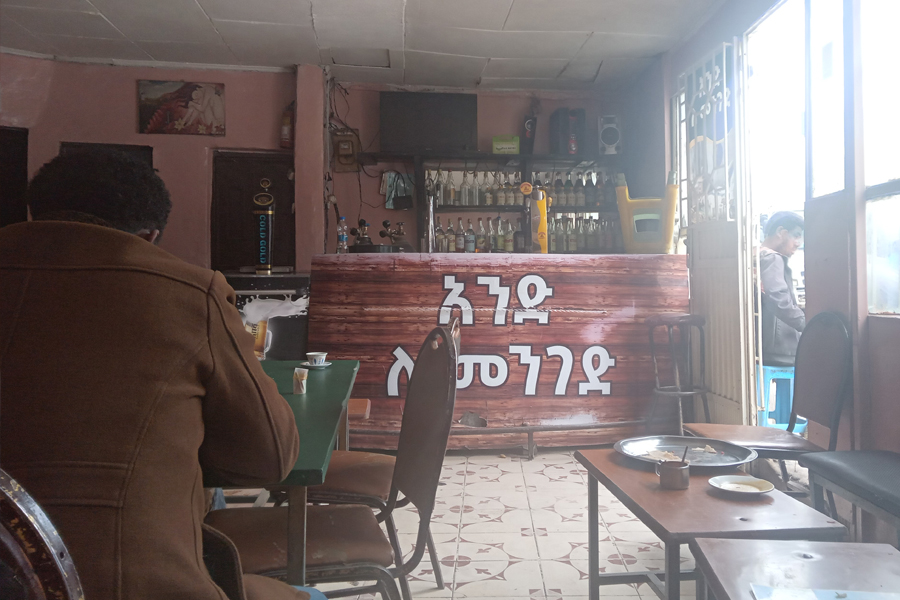
Jul 28 , 2024 . By TIZITA SHEWAFERAW
Unhabitual, perhaps too many, Samuel Gebreyohannes, 38, used to occasionally enjoy a couple of beers at breakfast. However, he recently swit...

Jul 13 , 2024 . By AKSAH ITALO
Investors who rely on tractors, trucks, and field vehicles for commuting, transporting commodities, and f...
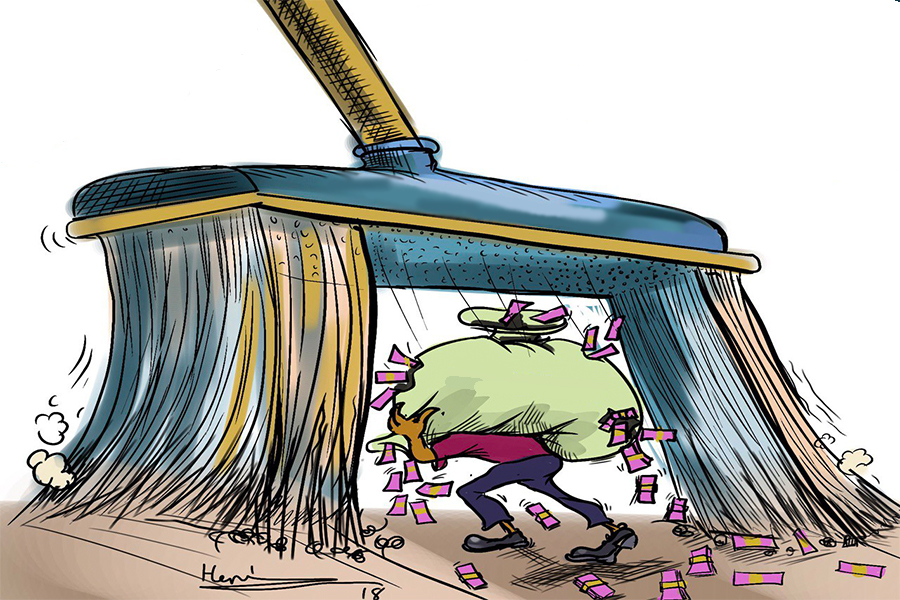
Oct 25 , 2025
The regulatory machinery is on overdrive. In only two years, no fewer than 35 new pro...

Oct 18 , 2025
The political establishment, notably the ruling party and its top brass, has become p...

Oct 11 , 2025
Ladislas Farago, a roving Associated Press (AP) correspondent, arrived in Ethiopia in...

Oct 4 , 2025
Eyob Tekalegn (PhD) had been in the Governor's chair for only weeks when, on Septembe...